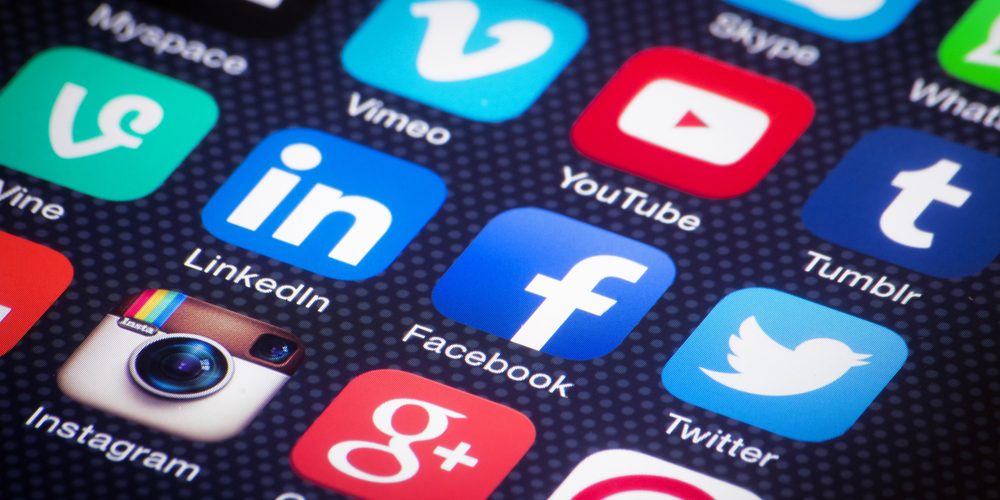The Advancements in Machine Translation Are Not Enough to Handle the Rigors of Medical Interpretation and Translation:
Often times doctors rely on the aid of machine translation in order to communicate with limited English proficient (LEP) patients. Despite advancements in technology, machine translation software is still widely known for its inaccuracies and using this platform in the medical field is a recipe for disaster. The risk of misunderstanding is magnified for LEP patients, using machine translation software can pose dangerous problems when providing care for human lives. When it comes to interpretation in the medical field, one must fully understand the ins and outs of the source and target languages, cultures, complex medical terminology, historical as well as regional influences. Understanding the true essence of what a person is saying and having the ability to accurately reproduce the exact idea in another language and culture takes true precision.
Often times, words and ideas are completely lost in translation when converted from one language to another. Consuelo Triana, Scheduling Coordinator at Niki’s Int’l Ltd. said she once helped a woman who had a knee injury; the LEP said the injury was to her “Pata” which translates to “paw” “animal extremities” or “furniture legs.” The woman pointed to her foot which made the entire situation more confusing, however she did in fact have surgery on her knee and was suffering from a knee injury. Triana stated, “a machine wouldn’t be able to recognize what they are really saying, it’s not just about context, but about being familiar with rural slang,” she also stated, “she could have probably received treatment for her foot instead of knee if her injury wasn’t clarified enough.” The woman was from a rural region in Honduras. Interested to know what Google Translate would translate “Pata” too, I tested it and found, it in fact came back as “Paw.” Would doctors living and practicing in America be able to dig through all of the linguistic and cultural nuances in order to understand the best methods of treatment, even with the aid of machine translation?
Testing Machine Translation for Use in the Medical Field:
The BMJ published an original research article evaluating the accuracy of Google Translate when translating common English medical statements. 10 phrases were translated using Google Translate into 26 languages, 8 Western European, 5 Eastern European, 11 Asian, and 2 African. 26 native speakers of the target languages were asked to back translate the results into English. Once the back translations where completed they were analyzed for accuracy. “Your husband had a cardiac arrest,” was one of the original phrases, translated to, “Your husband’s heart was imprisoned.” “Your child’s condition is life threatening,” translated to, “Your child’s state is not life stopping.” “Your child will be born premature,” translated to, “Your child is sleeping early,” and “We will need your consent for operation,” translated to, “We need your consent for operating (such as machinery).” African languages scored lowest with 45% accuracy, followed by Asian languages with 46% accuracy, Eastern European with 62% accuracy, and Western European languages were at a 74% accuracy rate. “Your child is fitting” translated in Swahili to “Your child is dead.” In Polish “Your husband has the opportunity to donate his organs” translated to “Your husband can donate his tools.” BMJ concludes their research by saying, “Google Translate has only 57.7% accuracy when used for medical phrase translations and should not be trusted for important medical communications.” Machine translation produces significant inaccuracies and relying on such poor translation increases the risk of patient-physician misunderstandings, which can lead to dangerous situations.
The technological advancements in machine translation are incredible, translation software has the ability to facilitate complex translations using sophisticated algorithms that allow people to communicate regardless of the languages they speak. Machine translation is wonderful for traveling and general conversation, however, it has a limited usefulness in medical settings. The risks associated with using machine translation are far too high and given the importance of precise communication regarding medical information, the software simply can not be trusted.
Niki’s Int’l Ltd. is a WBENC-Certified Women Business Enterprise with 20 years of language service experience. A global network of highly skilled interpreters and translators are available 24 hours a day, 7 days a week for on-site, telephonic and video remote interpretation services. Our linguists are available in over 350 languages and dialects, and our network includes certified interpreters and translators. Our work is guaranteed with a $1 Million Errors & Omissions policy, so that you can be confident that your project will be completed with the highest level of quality and professionalism within the field. For more information contact us at 1-877-567-8449 or visit our website at www.nilservices.com.


